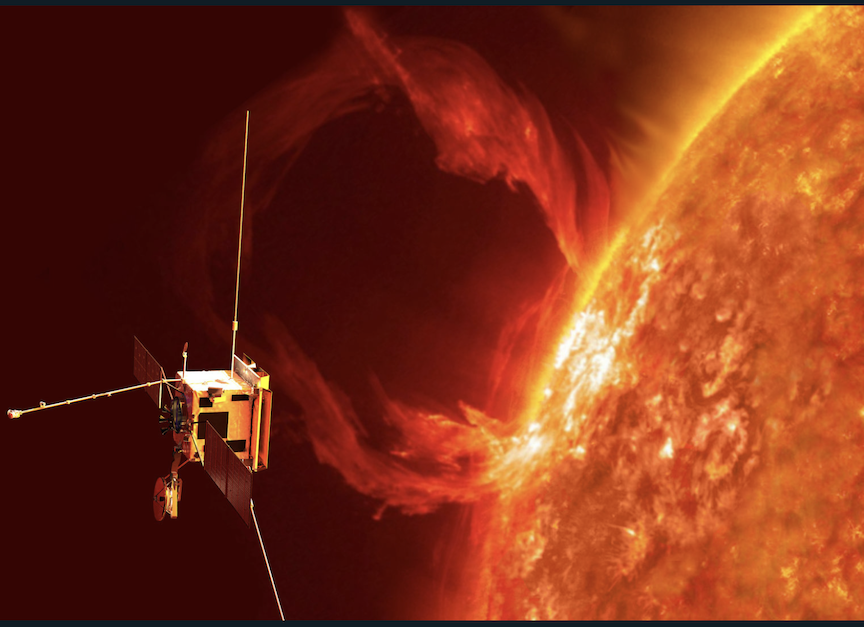
A special mission that includes a trip close to the sun to release a satellite, the Sun Explorer Solar Orbiter, will take place on February 7th/8th aboard a United Launch Alliance (ULA) Atlas V rocket. The structure of the satellite and the on-board computer is the result of using RUAG Space's thermal insulation. This structure of the satellite and the on-board computer are also referred to as the brain.

ESA’s next-generation Sun explorer, Solar Orbiter. It investigates the connections and the coupling between the Sun and the heliosphere, a huge bubble in space created by the solar wind. The solar wind can cause auroras and disrupt satellite-based communication
The Solar Orbiter is a joint ESA/NASA collaboration and is scheduled for launch for February on a ULA Atlas V launch vehicle. The satellite will get very close to the Sun. It will be the first satellite to provide close-up images of the Sun’s polar regions. It will study the solar wind, the so-called space weather, as well as all layers of the Sun, except its core.

Peter Guggenbach, Executive Vice President, RUAG Space said that they have delivered key components, which enable this important science mission. Their computer controls the satellite, stores all scientific data, and communicates with Earth, their thermal insulation keeps it at the right temperature and their structures hold it stable. Due to its extreme proximity to the Sun, Solar Orbiter’s heat shield will be exposed to 13 times more solar radiation than on Earth. Some parts of the spacecraft will reach extremely high temperatures up to several hundred degrees Celsius. RUAG Space has developed a special thermal insulation for these conditions, meeting exactly the requirements for Solar Orbiter. This means extremely high temperatures up to several hundred degrees Celsius. RUAG Space has supplied the spacecraft structure. It is made of a carbon fiber backbone in cylinder form, and a number of aluminum sandwich panels to which all the subsystems are mounted.
The Solar Orbiter will get very close to the Sun to enable it to observe and study the solar atmosphere with high spatial resolution and collect unique data and images of the Sun. It will be the first satellite to provide close-up images of the Sun’s polar regions and will study the solar wind, the so-called space weather, as well as all layers of the Sun, except its core.

